US sanctions' cost to Huawei revealed

Due to the U.S. trade sanctions, Huawei had to replace 13,000 parts in its products, says the company founder Ren Zhengfei. Despite the sanctions, Huawei focuses more on vertical integration but still uses old parts in some of its new products.
According to a report by Reuters, Huawei's founder announced that 13,000 parts were replaced in the products since the U.S. supply chain ban. Moreover, the company had to redesign 4,000 circuit boards for its products over the course of three years.
Shanghai Jiao Tong University transcripted his speech in February.
Reuters says that the founder Ren stated Huawei invested $23.8 billion in research and development in 2022, and added, "as our profitability improves, we'll continue to increase R&D spending."
The U.S. export controls banned Huawei from reaching many technologies, including its supply of chips from U.S. companies as well as resources to create its own chips and commission partners to produce them.
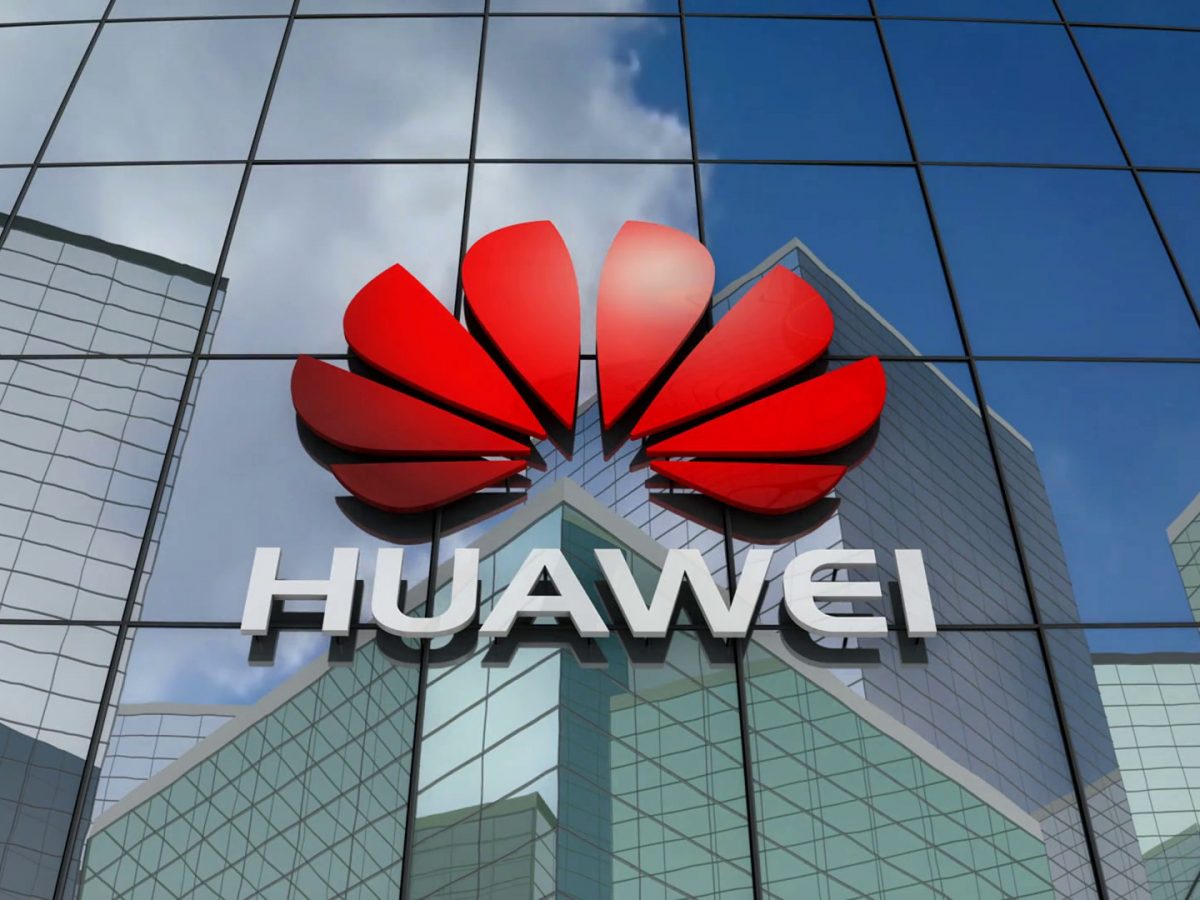
U.S. sanctions hit Huawei in many aspects
Huawei was on the road to become the world's largest smartphone manufacturer. However, the United States government, in a way, prevented it from reaching its goal. The Chinese company is now unable to reach the U.S. supply chain to boost its devices with some of the latest technologies.
The company was even excluded from the Google Android user list and had to develop its own operating system. One year after that, the U.S. Commerce Department announced a new export rule that banned the shipping of cutting-edge silicones to Huawei. Last year, the Biden administration also banned the sale of any Huawei products within the country.
According to Ren, Huawei has built its own enterprise resource planning system, MetaERP. It will launch next month, in April, and will help the company with finance, core business functions, supply chain, and manufacturing operations.
Huawei also has no intentions to launch a rival to ChatGPT, which is the latest trend in the technology world. However, it is looking to become the "underlying computing platform" of AI. Huawei wants to supply the world with enough computing power to help grow the AI business.
The company is still leading the Chinese smartphone market but accusations and proofs signal that it will be away from the western market for a little longer.
Advertisement


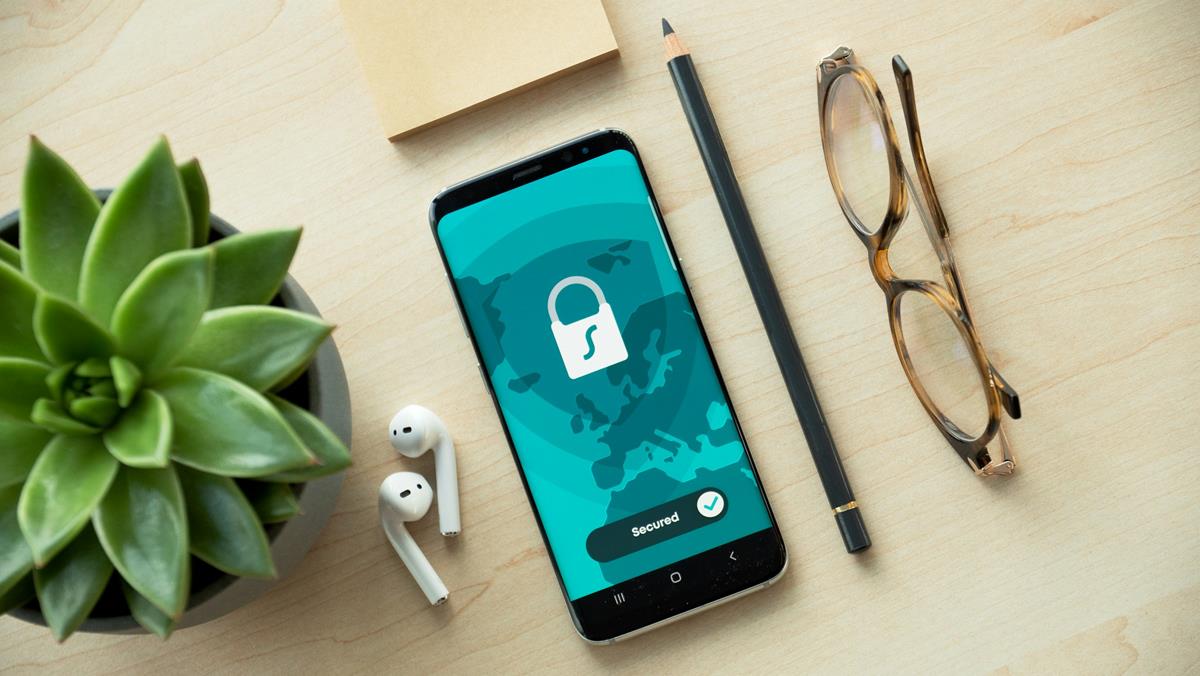
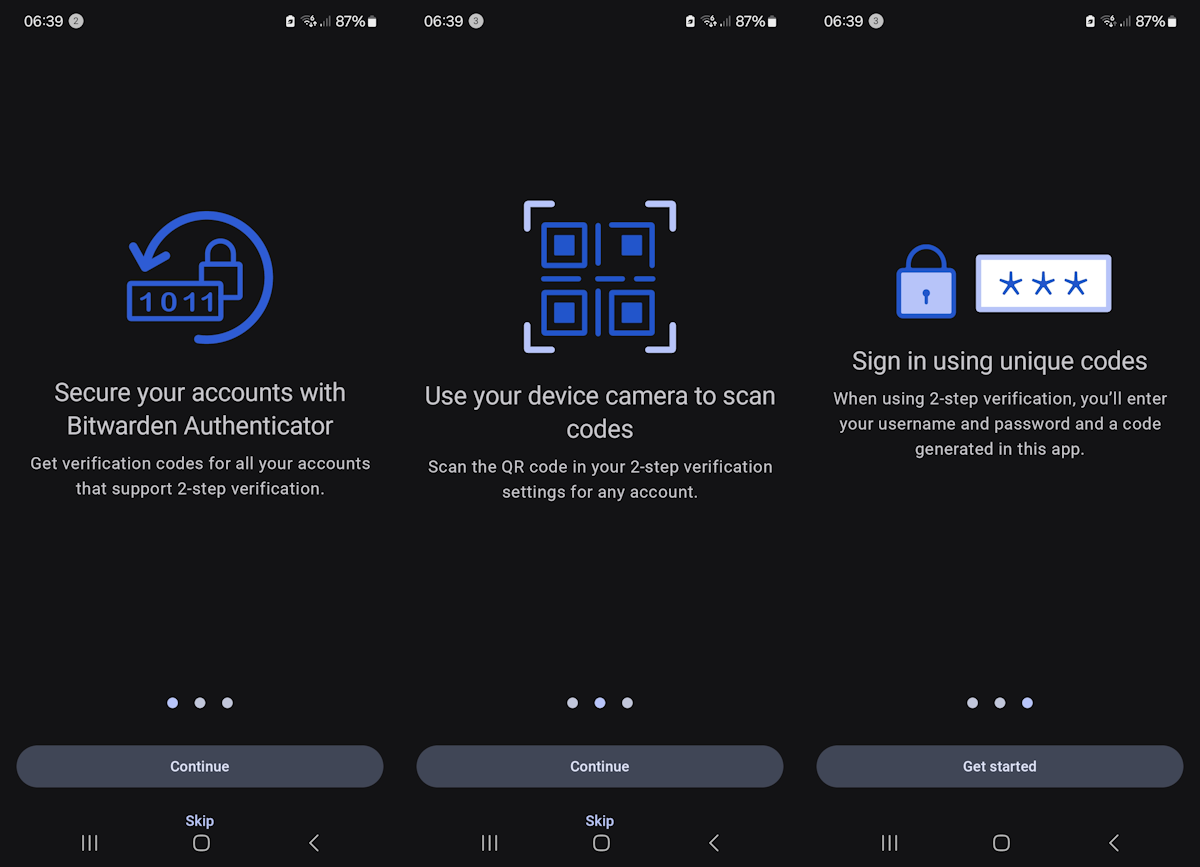
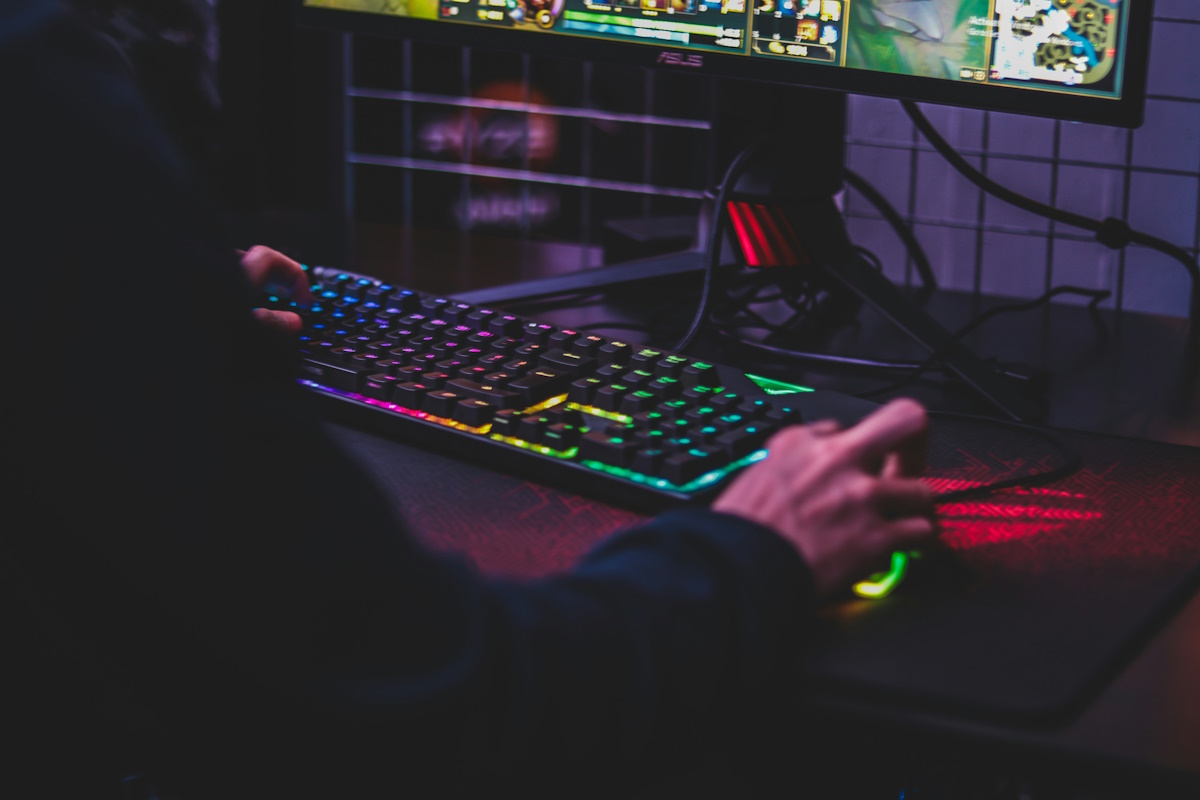
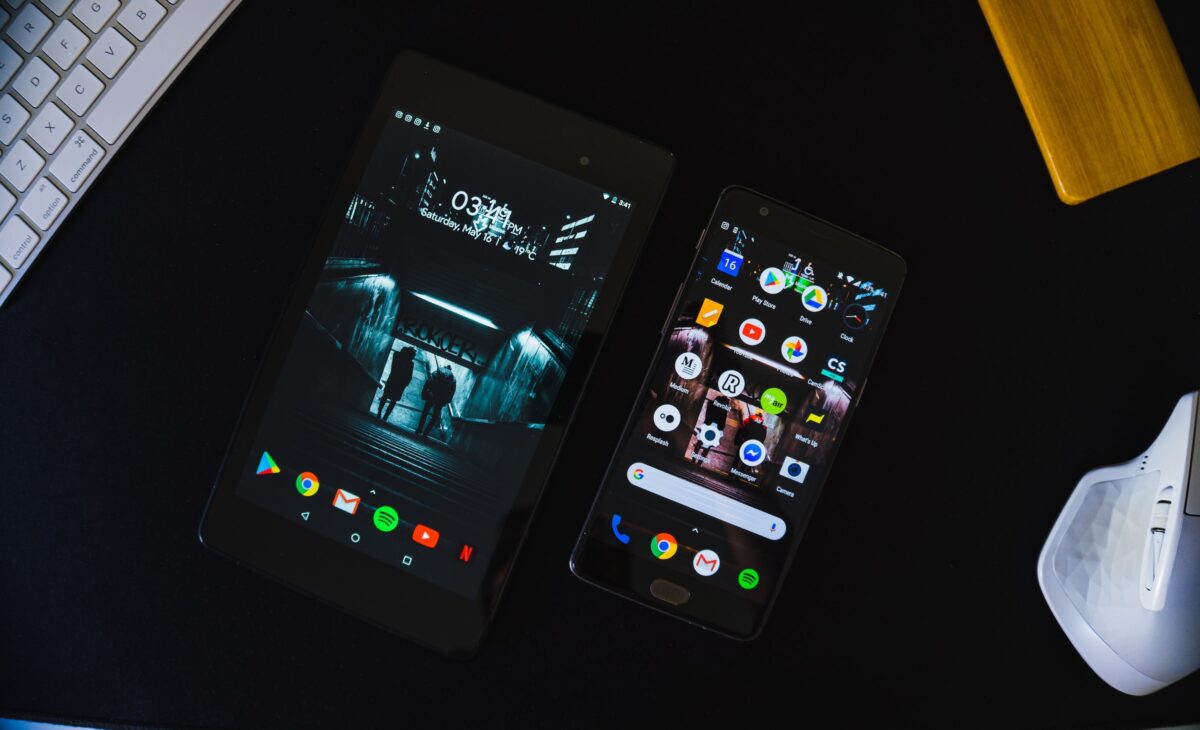
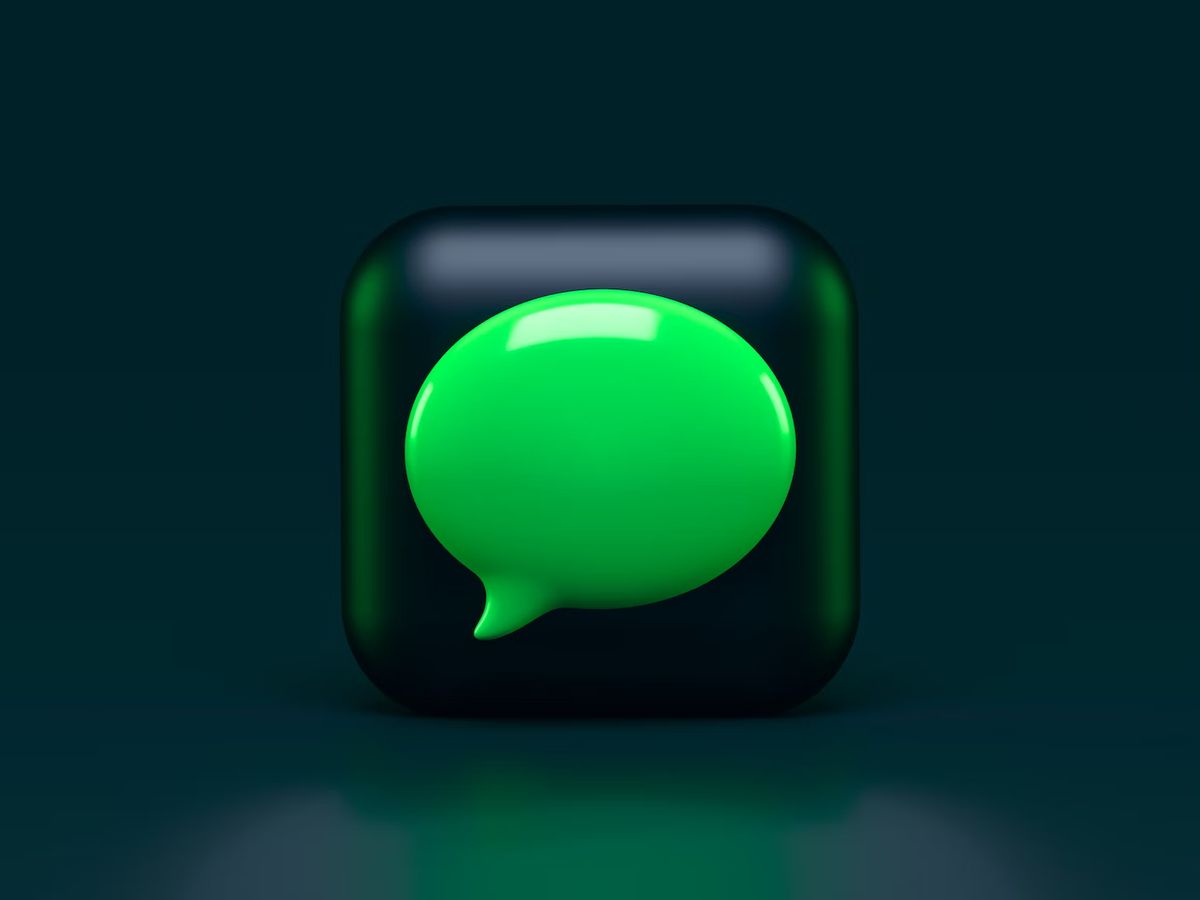
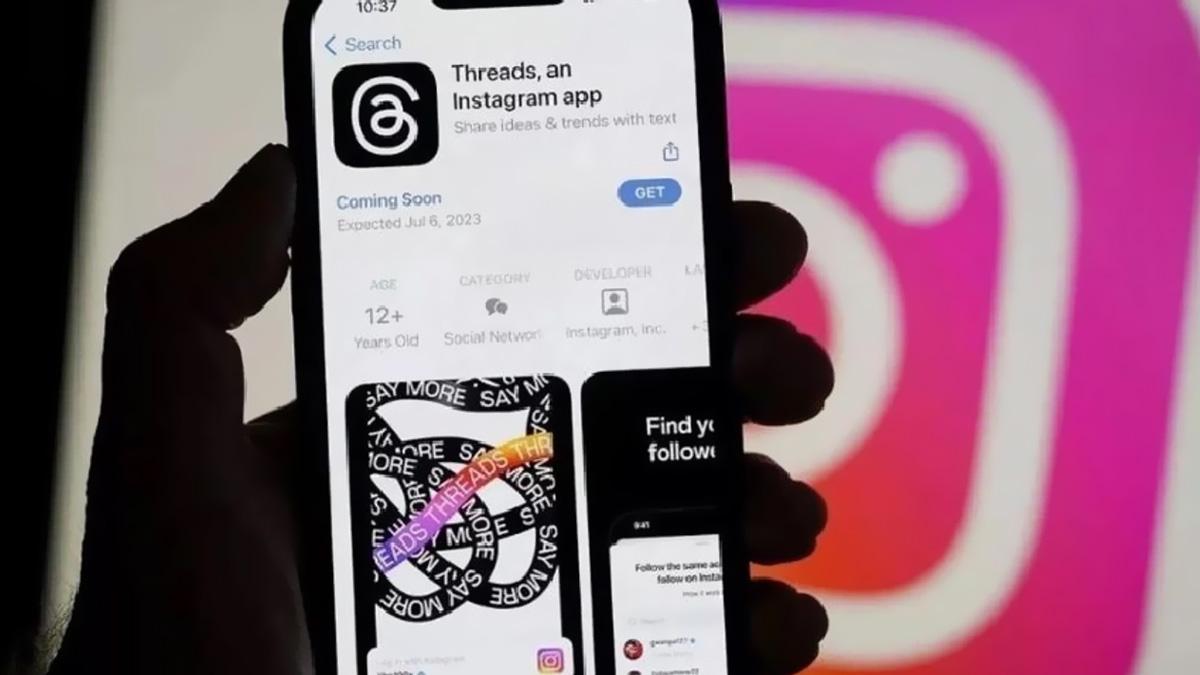
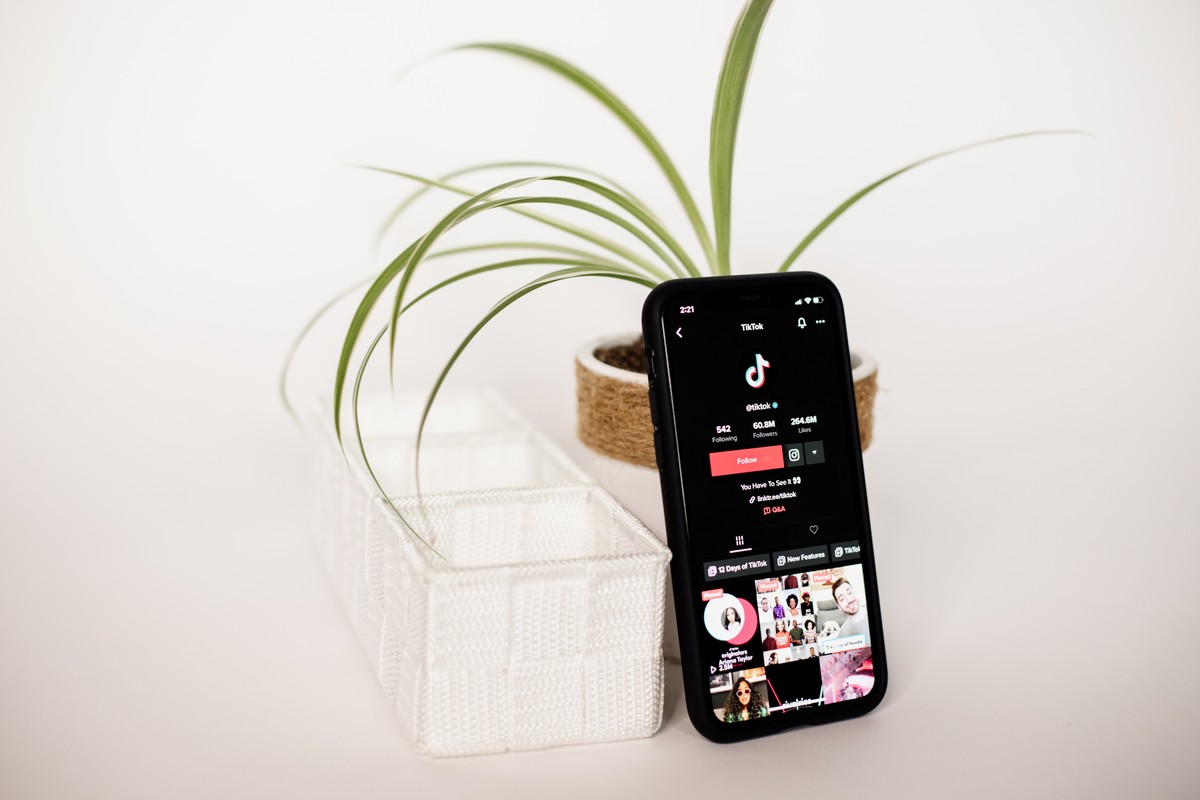
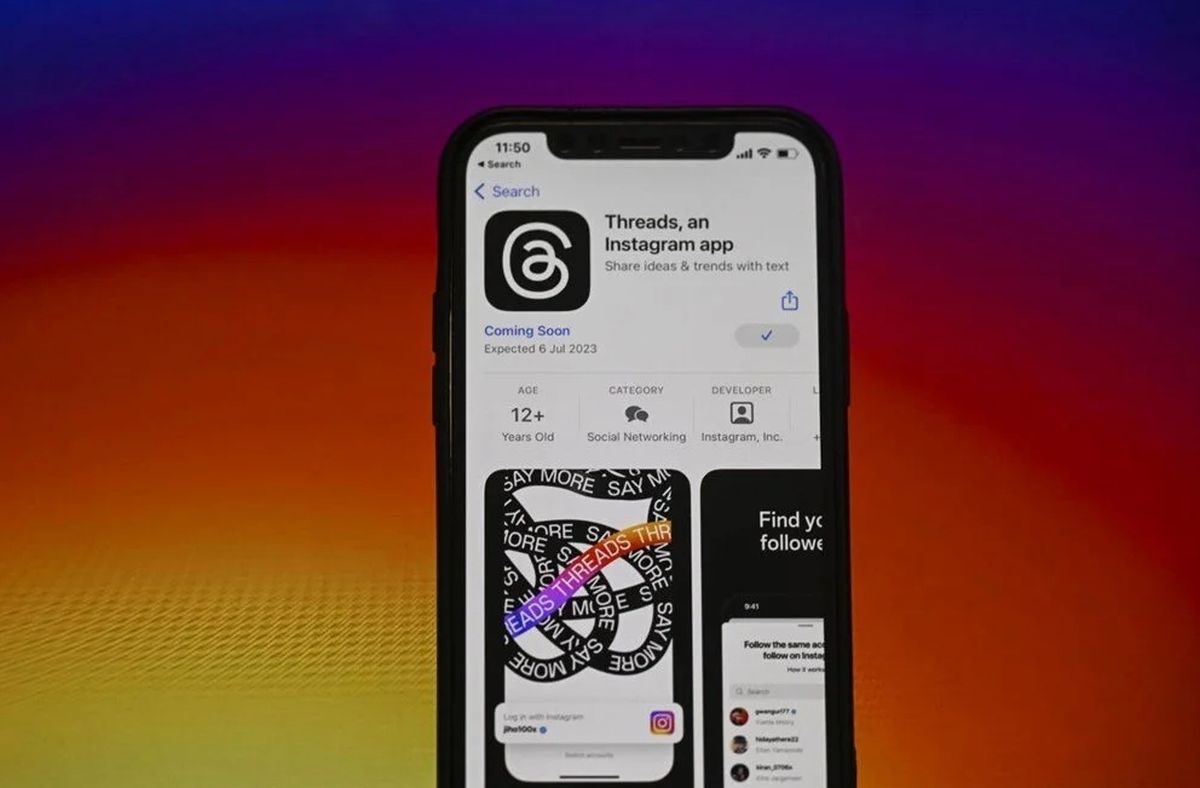

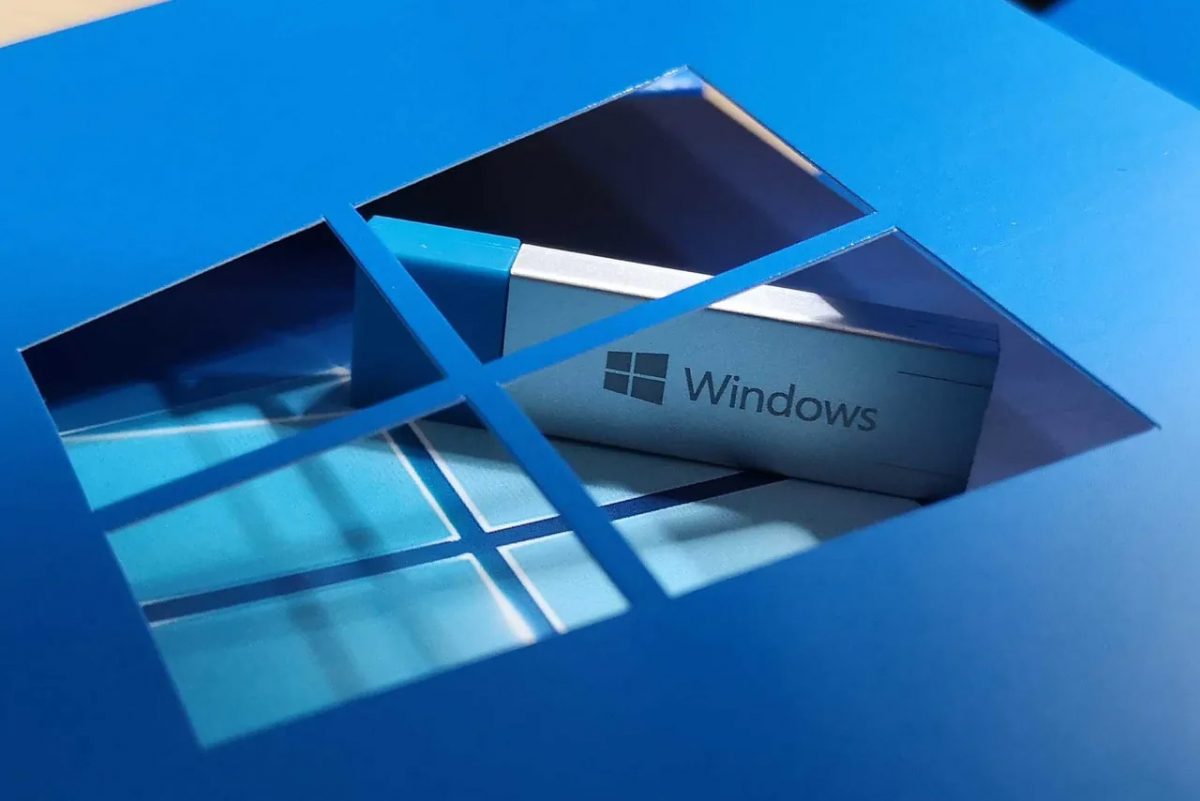
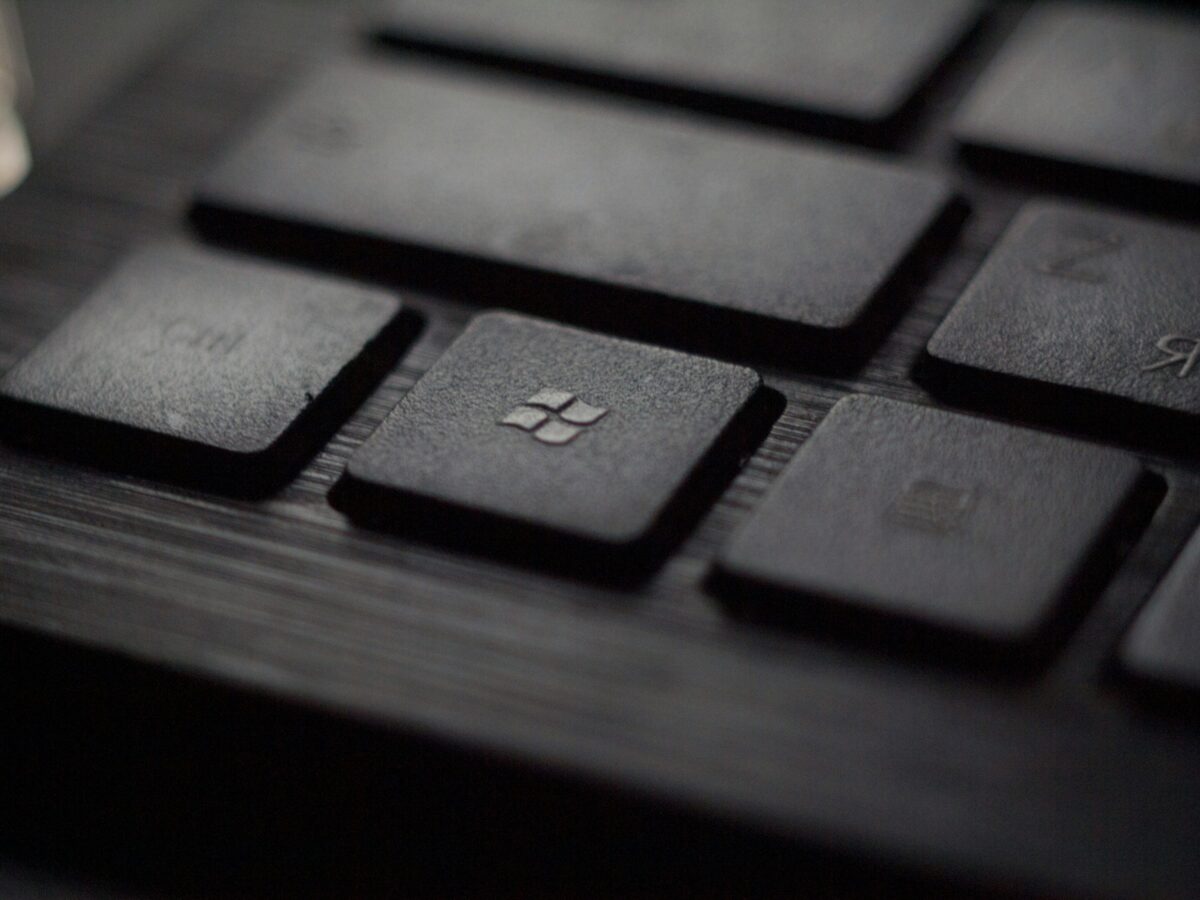


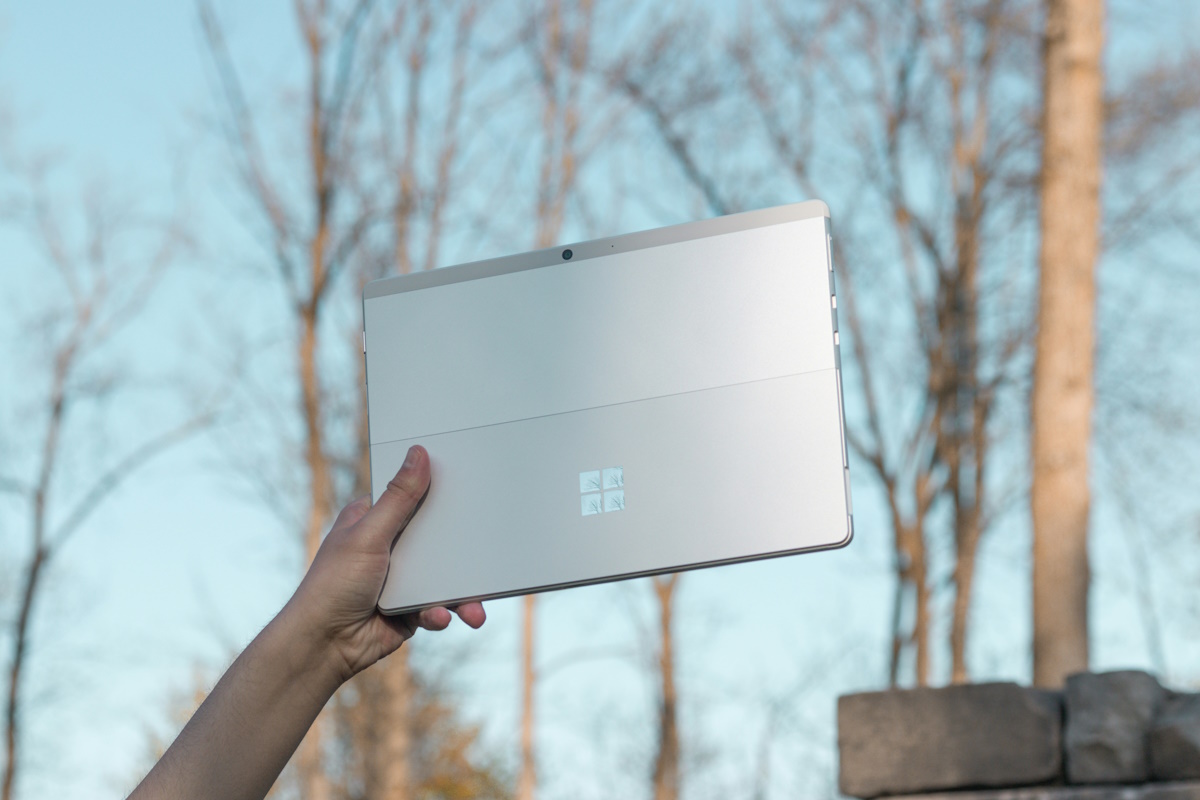

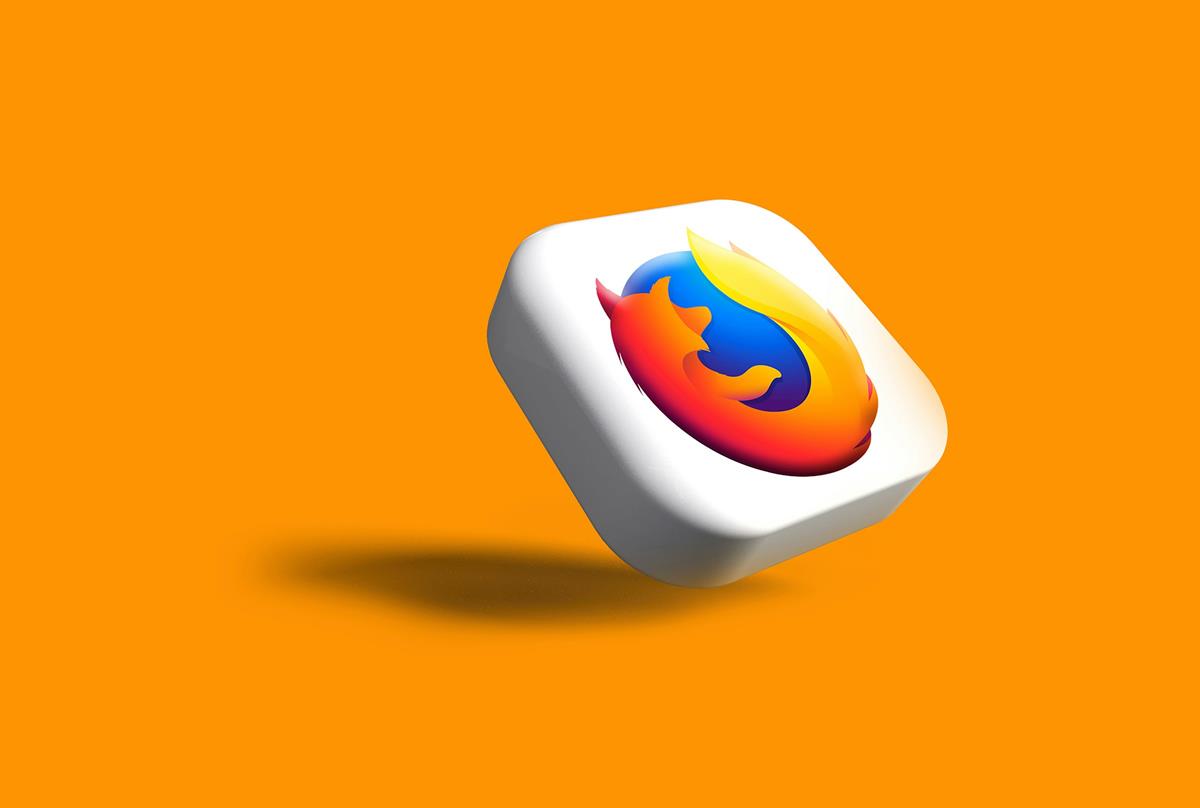
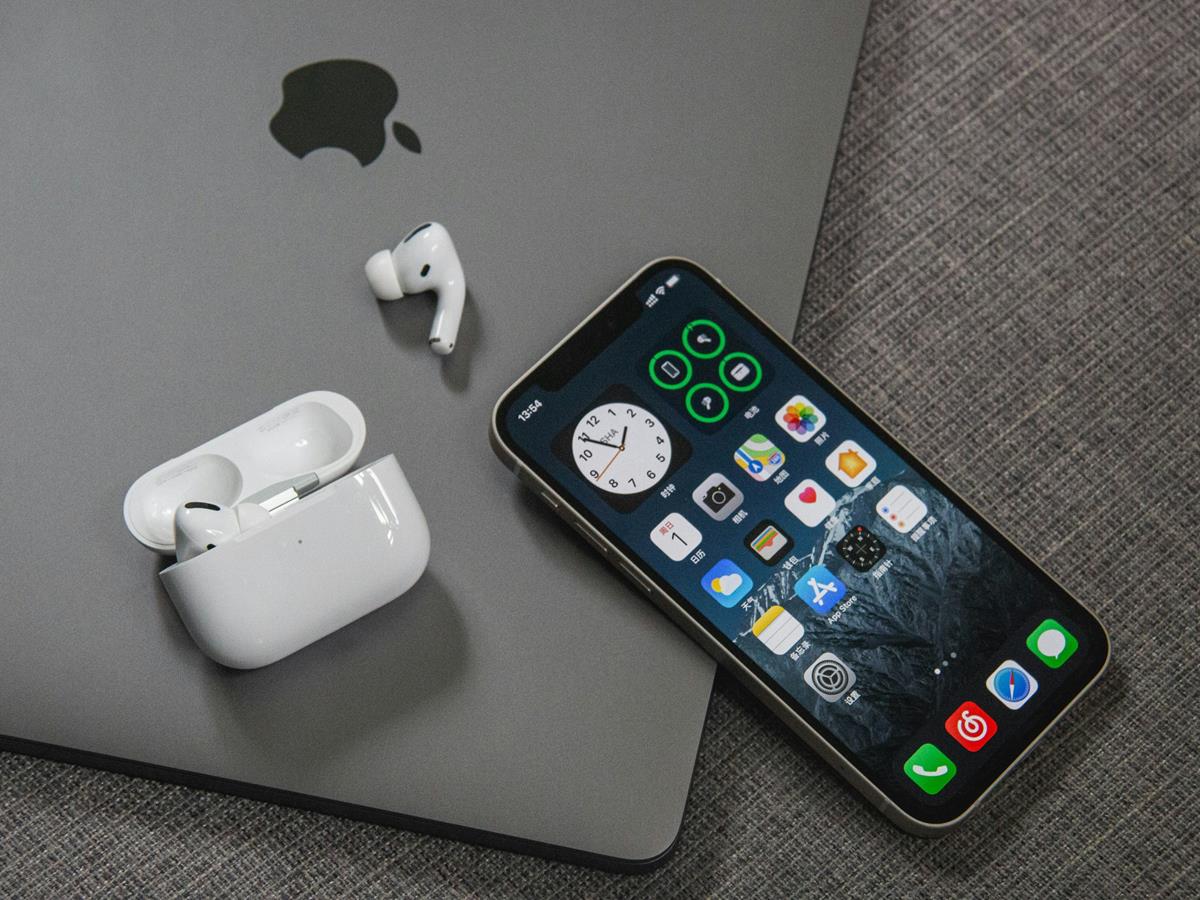


U.S. imperialism at work!
They were just wetting their pants because Huawei was making very high quality and durable phones better than their domestic brands like Motrola and sh*tPhone.
Motorola is a Chinese company.
https://www.theglobeandmail.com/technology/business-technology/hello-lenovo-motorola-now-owned-by-chinese-tech-giant/article21378538/
https://en.wikipedia.org/wiki/Motorola
Motorola was an American company. It doesn’t matter who owns it now, it matters where it originated.
People keep whining that Opera was purchased by a Chinese company and that somehow made it worse, but it’s not true, it’s still the game. Whether it was still Norwegian or Chinese, it’s not better or worse.
Same with Motorola, I gave it as an example, the specifics of who owns it now are irrelevant in this argument.
Not an argument, just a fact.
Quote by Fried_Curly_Chair_Squad:
“They were just wetting their pants because Huawei was making very high quality and durable phones better than their domestic brands like Motrola and sh*tPhone.”
Also Fried_Curly_Chair_Squad:
“People keep whining that Opera was purchased by a Chinese company and that somehow made it worse, but it’s not true, it’s still the game. Whether it was still Norwegian or Chinese, it’s not better or worse.”
So if a Chinese company slaps a western name on a Chinese product, then it is not Chinese? Lenovo phones are made in China, there are no American made Motorola phones.